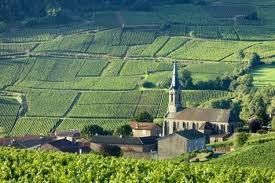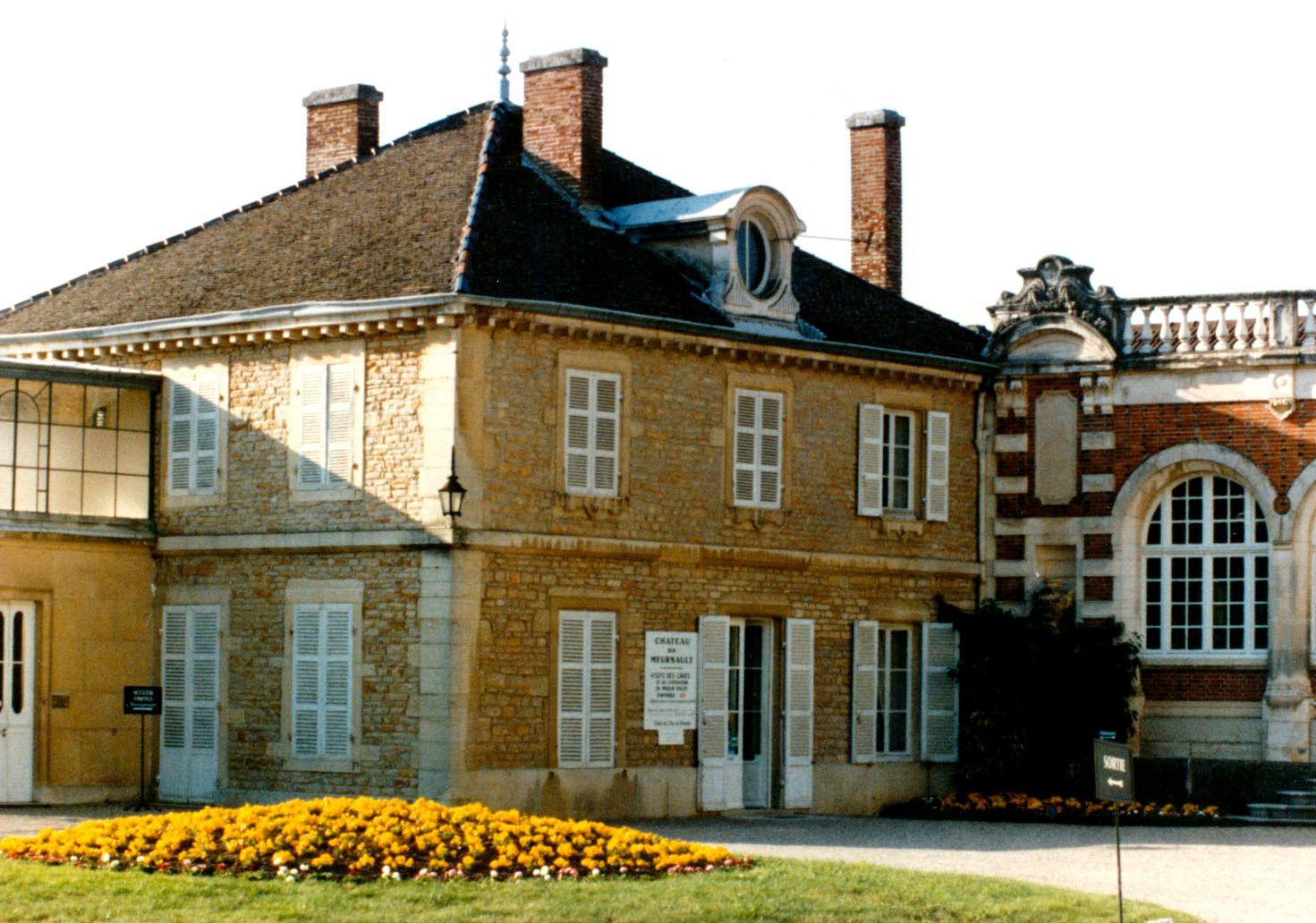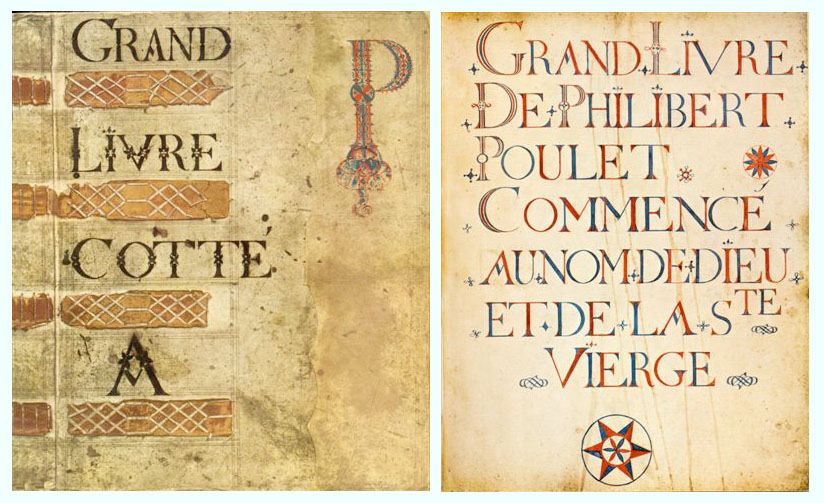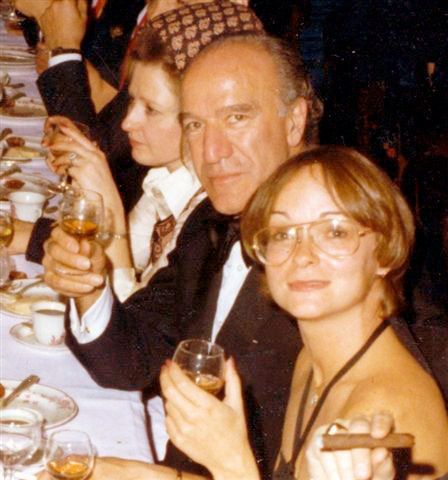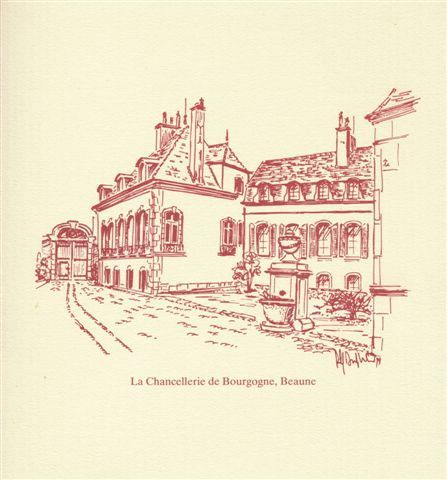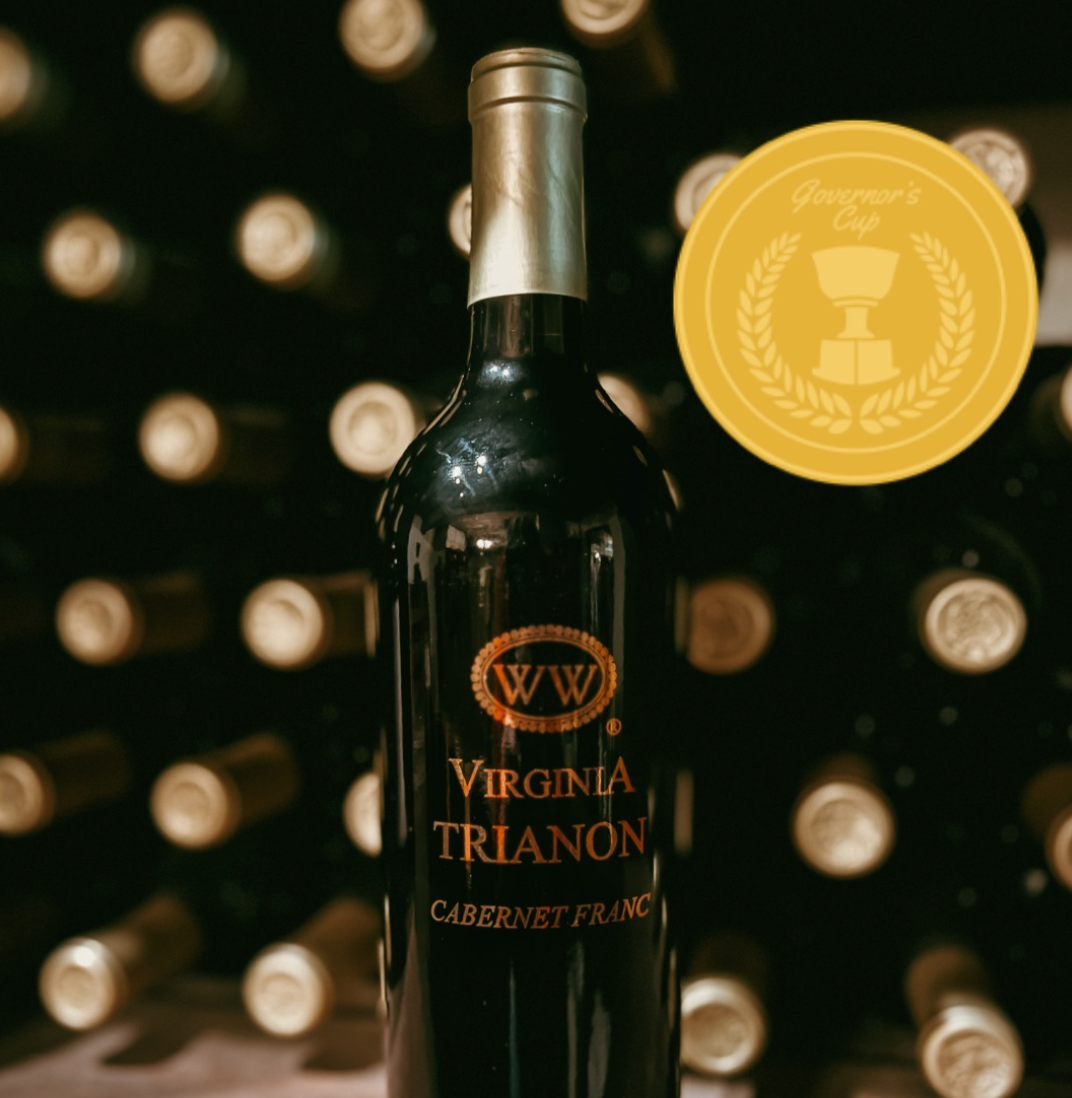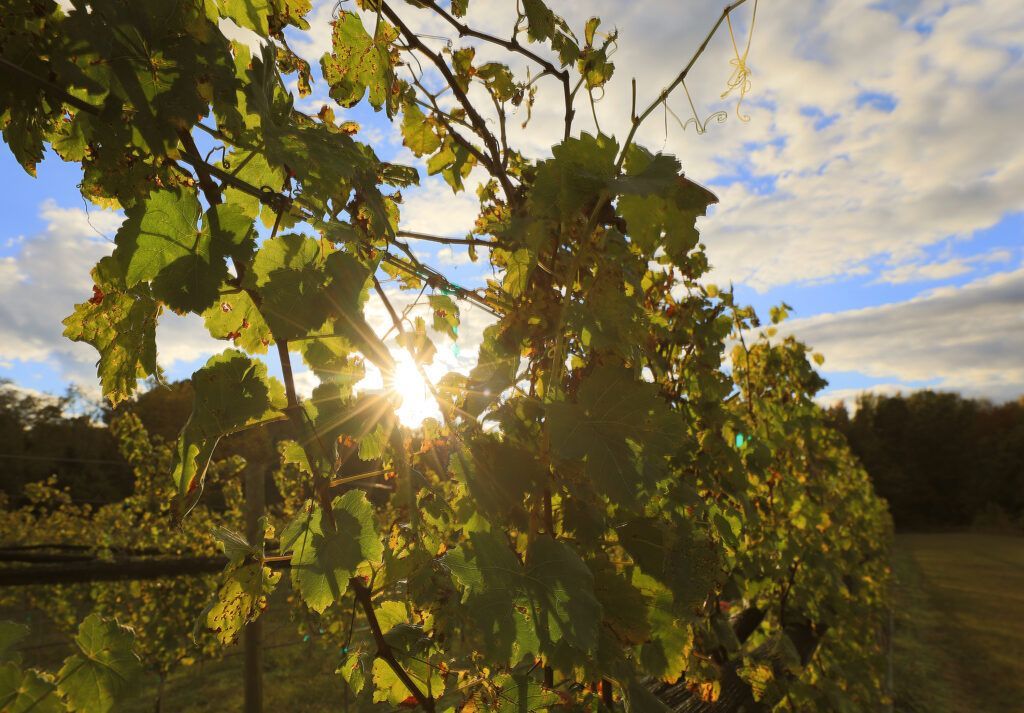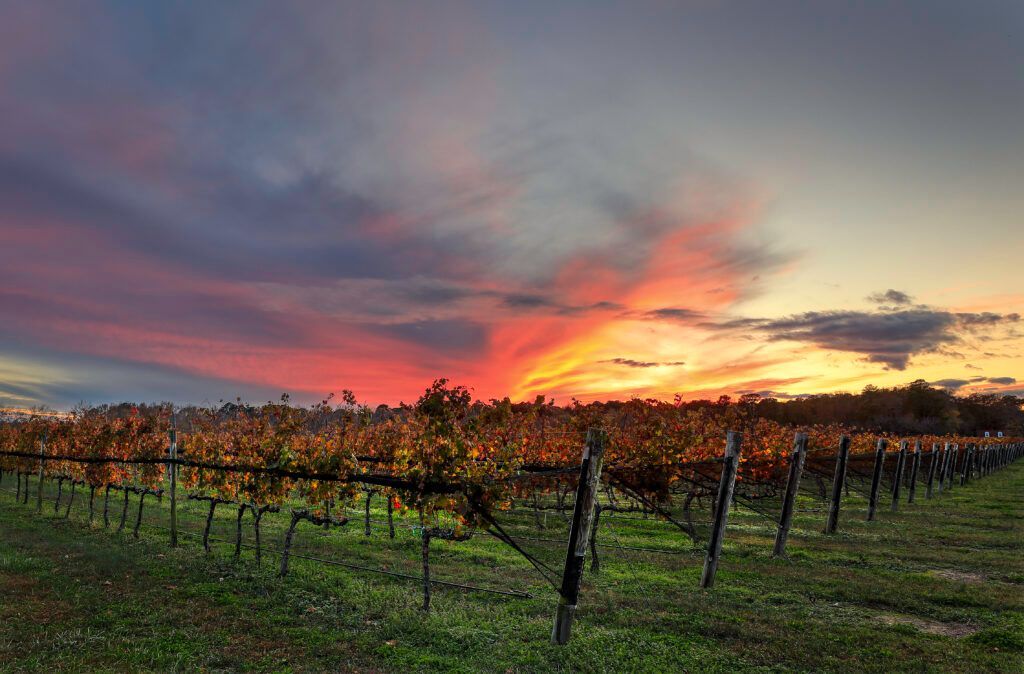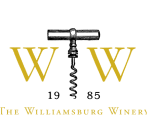Part 7: A Visit to Virginia Wineries. Barboursville, Rapidan & Ingleside
The wine industry has been around for several thousand years. The Romans introduced and planted vines in Bordeaux, in Burgundy, on the banks of the Rhine, and the Mosel, the Danube. In Burgundy, the Corton Charlemagne, one of the most prestigious appellations, is said to have been originally planted by the Frankish emperor Charlemagne himself sometime around AD 800. There are thousands of wineries in various countries from Europe to the New World to down under Australia.
Many times, we have been asked whether we really knew and understood the wine industry as we were beginning our adventure. I do not claim to be either a winemaker or a viticulturist. Still, in the early 80’s I felt I had a reasonable command of the world of wine, be it a grasp of viticulture, winemaking and wine marketing and a solid understanding of its financial aspects.
Around the early seventies, Philip Morris International had acquired Lindeman’s in Australia. The European management became excited about a study project and a market test which was conducted in Belgium, one of Europe’s toughest and most competitive wine markets. While I was purely involved in the management of the Marlboro World Championship Team project and its activities in Formula 1 Racing, in Rallyes, and in the Marlboro sailing Cup off Antibes on the Med, I followed with great interest the market studies on the wine project.
The company, in its selection of sourcing wines for the market, test developed contacts with some of the largest wine wholesalers in Europe, several of which were established in Switzerland. I learned during meetings with them that the bulk wine market was huge. Orders were placed on shipments of multiple railroad tankers of generic wines far more often than orders of limited volumes of prestigious appellations from world recognized wine chateaux that packaged their products in decorated wooden cases.
My father had been an excellent teacher on the appreciation of wines. He was very low-key and had little patience for certain Parisians who wanted to out-snob friends and acquaintances while pretending that they, in a blind tasting, could identify the vintage and the producer of all the top growth Bordeaux. My father focused far more on the little known regional wines that were served young and exhibited their true fruit character. His knowledge included German and Austrian wines, Italian and Spanish wines, and of course all the various areas of France that produce fine wines. Occasionally, he would also enjoy a well aged wine of enviable pedigree.
During our numerous trips in the late fifties, (I was then a teen-ager) we ended up visiting a great many vineyards and were unashamed that we were allowed a very small tasting of the nectar of the Gods. Seriously, it was truly educational. In European cellars, you do not drink the sample, you let it roll in your mouth to get the flavors and then spit it out in a dump bucket. The range of the size of operations was impressive. While listening to a farmer-viticulturist-winemaker who tended a two and a half acre vineyard and crafted his wines with tender loving care, on the one hand, I also well remember looking at a towering wooden vat which was allegedly the world’s largest fermentation tank. This was in Southern France near the Spanish border.
In the mid seventies, I was advised of the opportunity to acquire the prestigious Chateau de Meursault in Burgundy. The property was owned by an aging aristocrat who had decided to retire and go live in Paris and offered his business for a private sale. The project was diligently pursued with a number of potential American partners and a full presentation was made to the lawyer representing the owner including a formulation of a purchase proposal. More discussions took place and time went by when we were finally advised from Paris that a decision had been made that the French government wanted a “French Solution”.
Oh well! In those days, France was in better financial condition than it is now.
The house in the back of the chateau that was the residence of the proprietor family.
In the late seventies, as I had become involved in a Geneva based investment company, I was asked to drive every week to Beaune, Burgundy for some three years to analyze marketing efficiency and wine export expansion with a focus on the US. I became very friendly with the French family who managed that operation that had its roots in 1747. I began building a large log of information and experience in the complexities of the wine industry. To mention just one instance that I can well remember, in July ’79, there was a horrendous hailstorm that hit Nuits St Georges. The hail was as large as golf-balls and dented hundreds of automobiles while at the same time destroying the grape harvest of those very high value appellation grapes. That is one element that happens in agriculture and is not predictable.
I also learned of some of less glamorous realities of the wine world. Walking on the sidewalk of the road that surrounds the medieval walls of Beaune with the sales manager of a relatively substantial company, I heard him comment about a tanker truck that had stopped in front of a wine wholesale operation. “Probably another truck without paper” he said softly. I asked him to explain his comment. He launched himself and said that anywhere in the French wine world there were trucks of bulk wine without paper meaning without official origin, ie unknown varietal or appellation that might be blended with other wines. There might be trucks with all the proper papers and there might be papers available without the truck.
In a similar type of consumer fraud, as I was visiting the facilities of a wholesale operation in Belgium, it was shocking to watch personnel un-labeling bottles of French wines and re-labeling them with a descriptive of origin that would make the bottles more valuable.
Sadly, already then, the reality of the “globalized world” was already impacting the wine industry. There is an enormous difference in the attention to quality and authenticity between the family operations and the industrialized giants that seek to produce standardized products of modest quality that can be sold at very low prices.
During these years I had met a lot of CA winery operators and they were invited to join us in Beaune for some of the large celebrations that take place at the Clos de Vougeot. In ’79 we had the visit of special guests Bob Mondavi who was travelling with his daughter Marcia. I had enjoyed a private lunch with him in Napa and he had been most gracious. Representing a French operation, I had brought some fine white Burgundies. Before I could present these bottles, he signaled that during the meal we should enjoy a white Burgundy that he had selected, that was already on the table and compare it with his own chardonnay.
We had discussed my recommendation to the investment group management and their resulting deep interest in potentially partnering with a CA winery. Bob Mondavi had raised the point of his inclination to create a joint venture with a French producer. Subsequently in reading his book, I found out that it was his stop-over in Burgundy before his flight to Bordeaux to begin his famous Opus project with the Rothschild family.
A number of other CA fine wine families did visit us in Beaune. I was impressed by the questions that they would raise. “What is the temperature of the fermentation for your whites or for your reds?” The classic French answer at that time was simple. “Let nature take its course. We hope that the vintage will be as good as the ’47 vintage of grandpapa.” Compare that to the mindset of the CA vintners who were researching how to make better wines and were determined to understand the factors that affected the transformation of grape juice into fine wine. I quickly became convinced that the evolutionary trend would ultimately favor American wine-making. When your focus is to “do things better”, you will achieve a better result than those who only express nostalgia about the past.
I did have at least a bit of background before even thinking about the New Settlement and building a winery.
However, in the French world, there are thousands of small wineries that have a vineyard of one varietal, that receive an enormous amount of infrastructural support from the government and in return are told just about everything they can do and more importantly everything that they cannot or should not do, down to the very day of release of Beaujolais Nouveau as determined in Paris, for instance. By comparison, in the US, you can plant the varietal you choose with the density of planting per acre you determine, etc. You have a great deal more freedom, freedom to experiment and also the freedom to make mistakes, sometimes great mistakes.
But in the eighties, the infrastructure of the wine industry in VA was non-existent. Finding qualified personnel was difficult if not nearly impossible. Where to source the right equipment was another challenge, and one always needs to think in terms of the small spare part that will unfailingly be needed right during the harvest and that must be available within twenty four hours.
As I think back at those days, I have to recognize that, regardless of all the “homework” that we did, these points of the difficulty of finding personnel and the sourcing of equipment including the issue of spare parts were challenging aspects that we had underestimated.
Somehow or another, persistence also became a motto.
(To be continued)
Patrick G. Duffeler Founder & CEO
